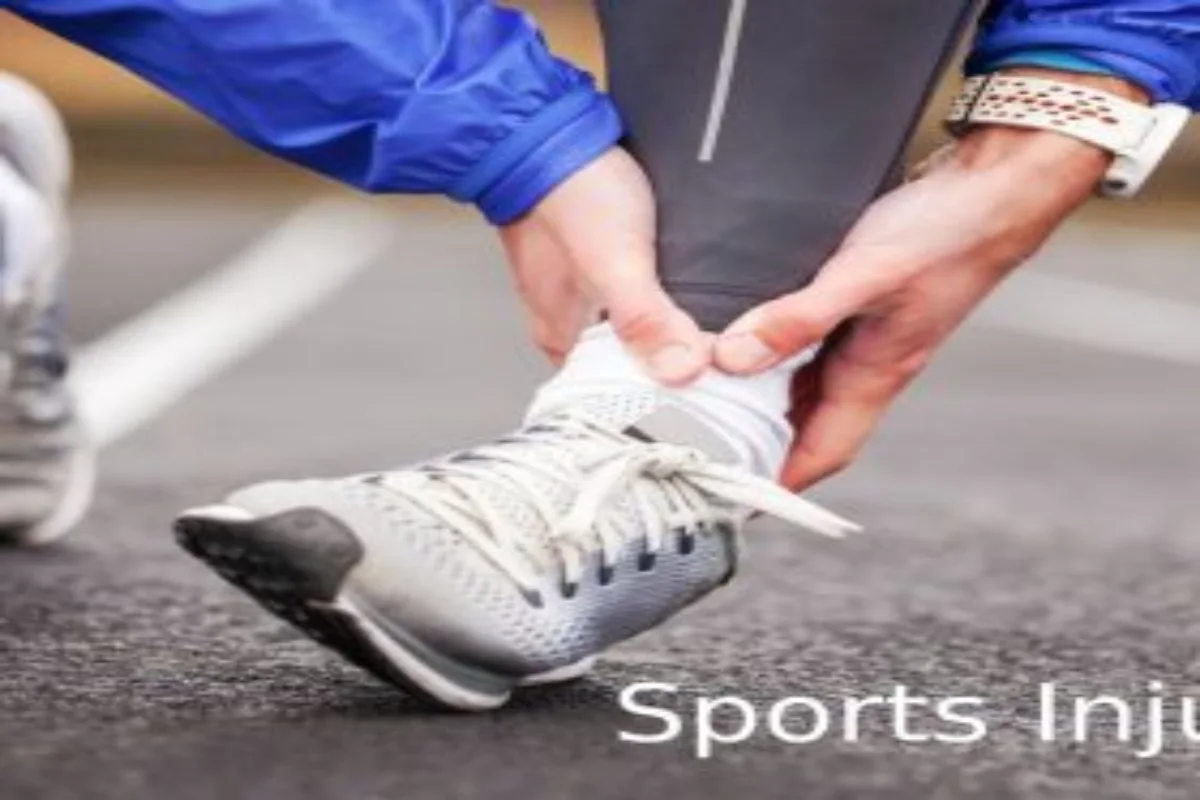Sports injuries – Our body is made for an active life. So it is critical that missteps and types of overloading do not slow us down unnecessarily. Fortunately, strains, bruises, muscle cramps, or overstressing can be avoided by warming up properly before exercising.
Table of Contents
Immediate Help For Sports Injuries
- Break! The injured body part needs rest.
- Ice reduces pain, bleeding, and swelling.
- Compression – Slight pressure on veins with an elastic bandage reduces swelling. Tip: wrap the pressure bandage towards the heart, do not tie it off!
- Elevating the body part facilitates the return flow of blood and lymph and reduces swelling.
Muscle Strain, Bruises Or Hematoma
Abrupt changes of direction, quick stops, and sudden starts can quickly push joints, ligaments, and muscles to their limits. With a fast start – for example, during a counterattack – a muscle that has not warmed up well or is already tired may pull the ripcord—a painful muscle strain that requires a few days off.
Excessive twisting of the foot, hand, elbow, or knee after a jump or for other reasons can cause injury to the external ligaments, tendons, or joint capsule. Crashes or hard landings can also affect the muscles. When you get a bruise, the delicate blood vessels in your muscles rupture, creating a hematoma — commonly known as a bruise — often accompanied by painful swelling.
When The Muscles Are Sore
Sometimes gardening is enough that you can’t move the next day. Sore muscles are the name of such pain that even the most well-trained professional athlete. It is still not scientifically precise where they come from. Researchers have recently been targeting tiny injuries in the muscle fibers as a trigger for hangovers after exercise: Small parts of the muscle fibers injure by an unusual strain. The resulting swelling causes leaden pain.
Muscle Cramps – Sports Injuries
However, the overloading of the muscles often only becomes noticeable after the sporting activity – in the famous muscle cramps. Muscle cramps triggers by a high loss of fluids – for example, if you don’t get more enough fluids and electrolytes during exercise. But infections, low outside temperatures, varicose veins, tight stockings or shoes, or insufficient training can also promote cramps.
3 Facts About Sore Muscles
- Sore muscles cannot be avoided entirely. Instead, sports doctors recommend approaching training new muscle groups as gently as possible and increasing them gradually.
- A hot bath or visit to a sauna can help relieve the pain.
- Experience has shown that it is better to continue training at a lower intensity than to take a break from training for days.
What To Do If It Hurts
Even if TV pictures show us football heroes limping and still scoring goals despite their faces contorted with pain – a stabbing pain in a muscle or joint signals: Stop! The first rule is to stop the exercise immediately, cool the affected area, and put it up so that blood and lymph can flow back. As a mnemonic for first aid, you can remember the abbreviation PECH: Pause, Ice, Compression, and Elevation.
Finger Exercises For The Body
Primarily when passion involves in sport, target warm-up training can protect the musculoskeletal system from painful missteps. A good warm-up will bring your muscle cells up to operating temperature. So it is helpful if the body masters specific movement sequences during sleep.
Conclusion
The brain and body train to correct unstable, injury-prone positions automatically. These so-called sensorimotor skills can be crucial to staying steadfast even in a sporting scramble. In the case of cramps, heat and gentle stretching help the overstressed muscle to relax again – instead of ice. Above all, take the break from stress seriously.

